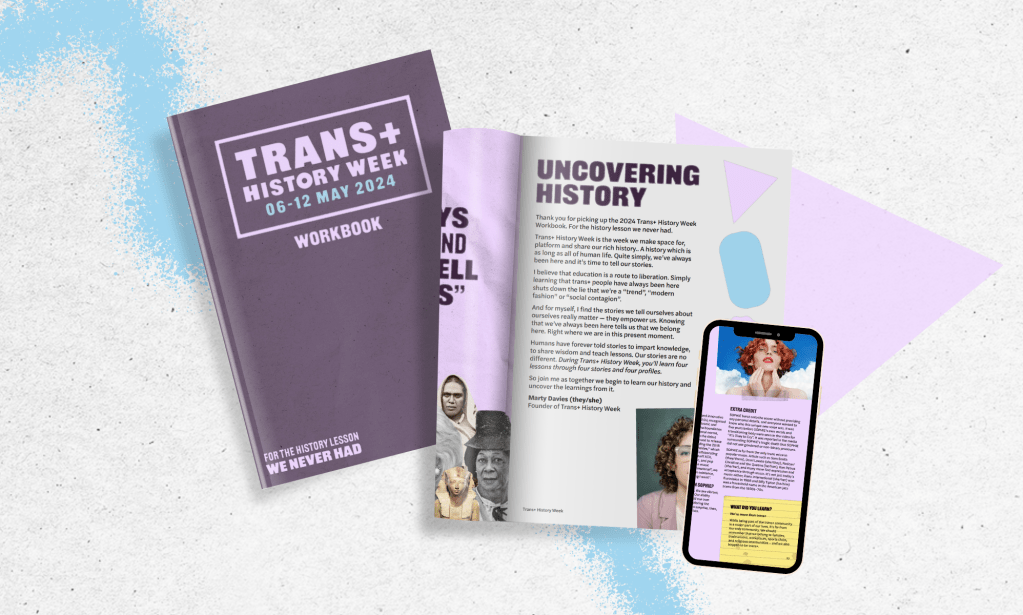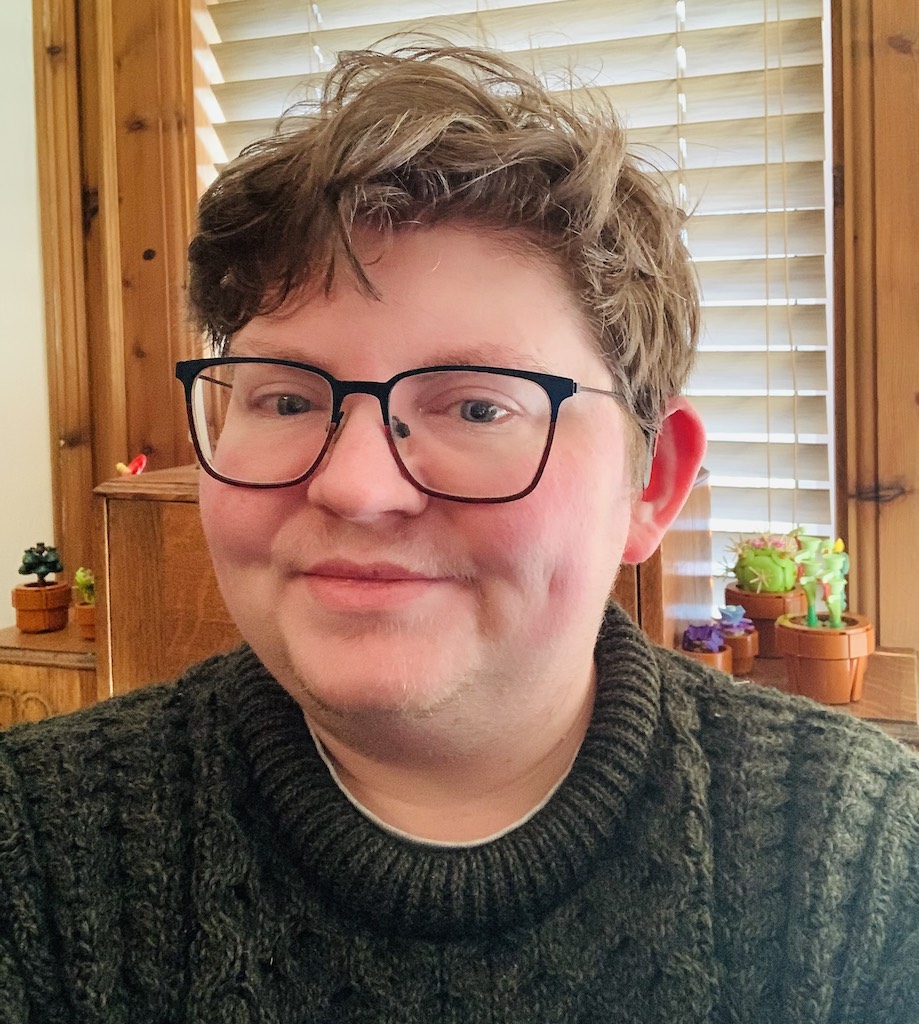‘Trans people always existed’: New resource shines a light on trans history

Ahead of Trans+ History Week, a new workbook shows a glimpse into the expansive history of trans, non-binary and intersex people. (Getty Images/PinkNews)
The group behind the inaugural Trans+ History Week has released a workbook highlighting key moments in transgender history.
Founded by the independent publishing platform Queer AF and Marty Davies, the week will be dedicated to learning more about, and celebrating, the rich history of transgender, non-binary, gender-diverse and intersex communities across the globe.
And by publishing the Trans+ History Week Workbook, the group hopes to reinforce a recurring theme that, despite what mainstream and social media would have you believe, transgender people have always existed.
The workbook will be “the single most important artefact we will create each year”, Davies says.
“We surface four stories from our history to teach us four lessons that inspire and empower us in our present.”
The goal of releasing the workbook ahead of Trans+ History Week, which runs between 6 and 12 May, is to “inspire the world to mark [it] in their own way.”
Davies goes on to say: “Let’s make space for the history lesson we never had.”

Trans history has been erased
For Gray Burke-Stowe, the lead researcher and writer for the Trans+ History Week Workbook, distilling thousands of years of trans history into four separate vignettes allows readers to create their own actions.
“If you support us, create a piece of content around something you learnt or share one of these stories within your organisation,” he says. “We want people to know about it.”
Burke-Stowe says that the need for a week dedicated to transgender history became apparent because “there are big parts that are ignored or erased”.
The myth that trans people never existed before is something quite new, he believes. “It’s because of the internet and that [being trans] has become a trendy ‘thing’ rather than an actual part of human diversity.
“When we are able to root it in the actual history that we have – that it’s really there and we can research it and give you citations – it becomes pretty clear that trans people always existed.”

The power of community
The workbook also stresses the power of community. From the Hijra communities in South Asia to the Stonewall Riots, the trans history timeline shows that collective action leads to a stronger sense of identity.
“One of the reasons why [the] Stonewall [Riots] is one of those events that we look back to is because it was all the queer community working together,” says Burke-Stowe.
This power in community is more important than ever because the intentional fractioning of the “T’ from the LGBTQ+ continues in today’s headlines and social media discourse, he adds.
“If you want to erase people, you take them away from the places where they can have power. By separating trans, non-binary and intersex people from the rest of the community, it is clear that it is attempting erasure.
“I want people to see that we are powerful and can do things when we can work together. The more we come together, the freer we all are.”

